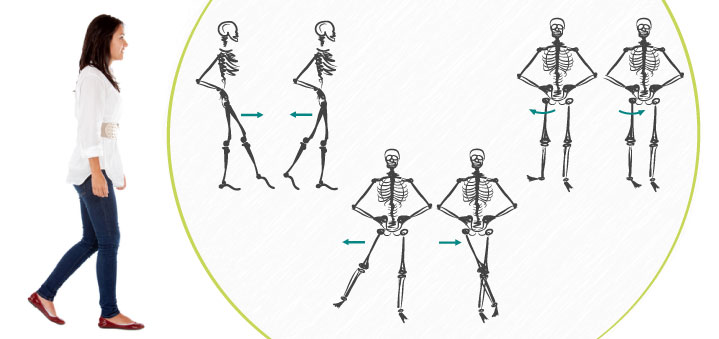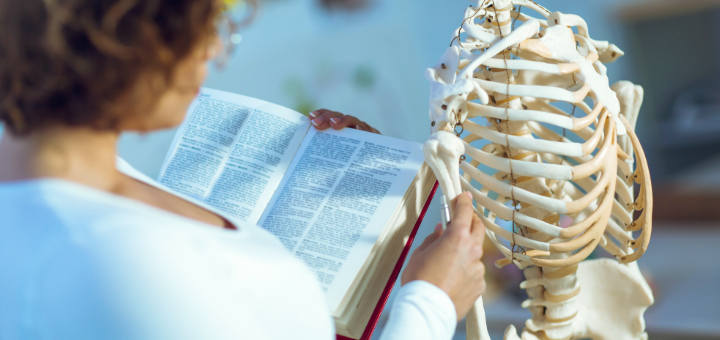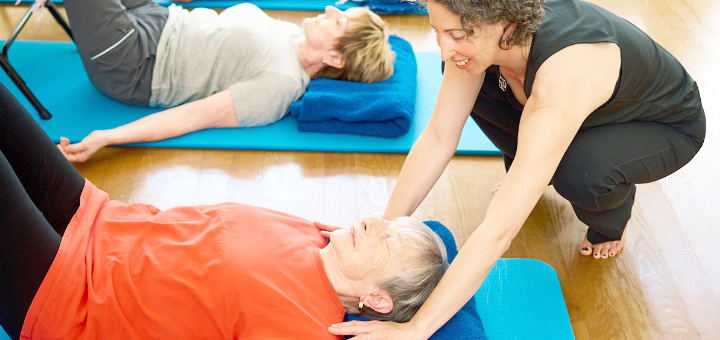Three main steps you need to take to relieve neck tension
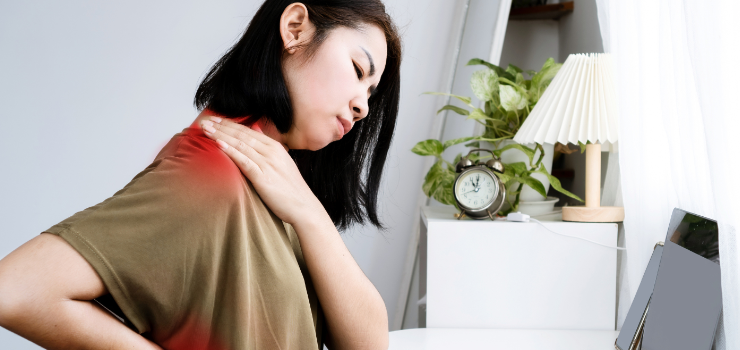
When you are ready to work with neck and upper back tension in your yoga practice, there are three main steps you need to take to relieve neck tension:
Step 1: Retrace your evolutionary steps from baby to toddler
- Use the Cobra pose to imitate the baby on the stomach, lifting your head and upper body up to begin awakening your trapezius muscles,
- Spend time on your hands and knees doing kneeling postures (ala crawling) with various head movements to awaken the trapezius and SCM in a partial weight-bearing position,
- Focus on proper head alignment over the ribcage in standing postures to support muscular organization in an upright position.
Step 2: Relieve tension with intentional head, thoracic spine, and arm movements
Just like a tree needs to have an extensive root system to support the weight of the trunk and the crown, your neck requires extensive muscular connections to the rib cage, thoracic spine, and shoulder girdle to support the weight of the head and allow for incredible mobility. To release neck tension, we need to do more complex movements that include the movement of the head, thoracic spine and shoulder girdle (via the movement of the arms).
- Head movements include tucking the chin in and lifting it up, turning the head, leaning the head, and making the head follow the sweeping motion of the arm,
- Thoracic movements include rounding and flattening of the thoracic spine, rotating it, flexing it sideways, and elongating it upwards by lifting the vertebrae off each other,
- Arm movements include horizontal and vertical sweeping motions and pushing/pulling actions done in non- and partial weight-bearing positions.
All those moments can be done by themselves or added to more traditional poses.
Step 3: Create support
The shapes of your spinal curves are dependent on one another. That is why you need to provide a foundation for your cervical (neck) curve by aligning all your curves on top of each other and supporting their shape. For example, your thoracic (upper back) curve might be more or less pronounced, resulting in a more curvy or flatter upper back. Those who have curvier upper backs tend to slouch, and those who have flatter upper backs tend to hold a lot of tension between the shoulder blades. Through our yoga practice we can counteract those tendencies, while at the same time supporting our natural curves.
We use this methodology in our new 6-week Yoga Series for Neck and Upper Back Tension. This series aims to relieve tension in your neck and upper back, to create support for your spinal curves, to calm your nervous system, and to relax your eyes.
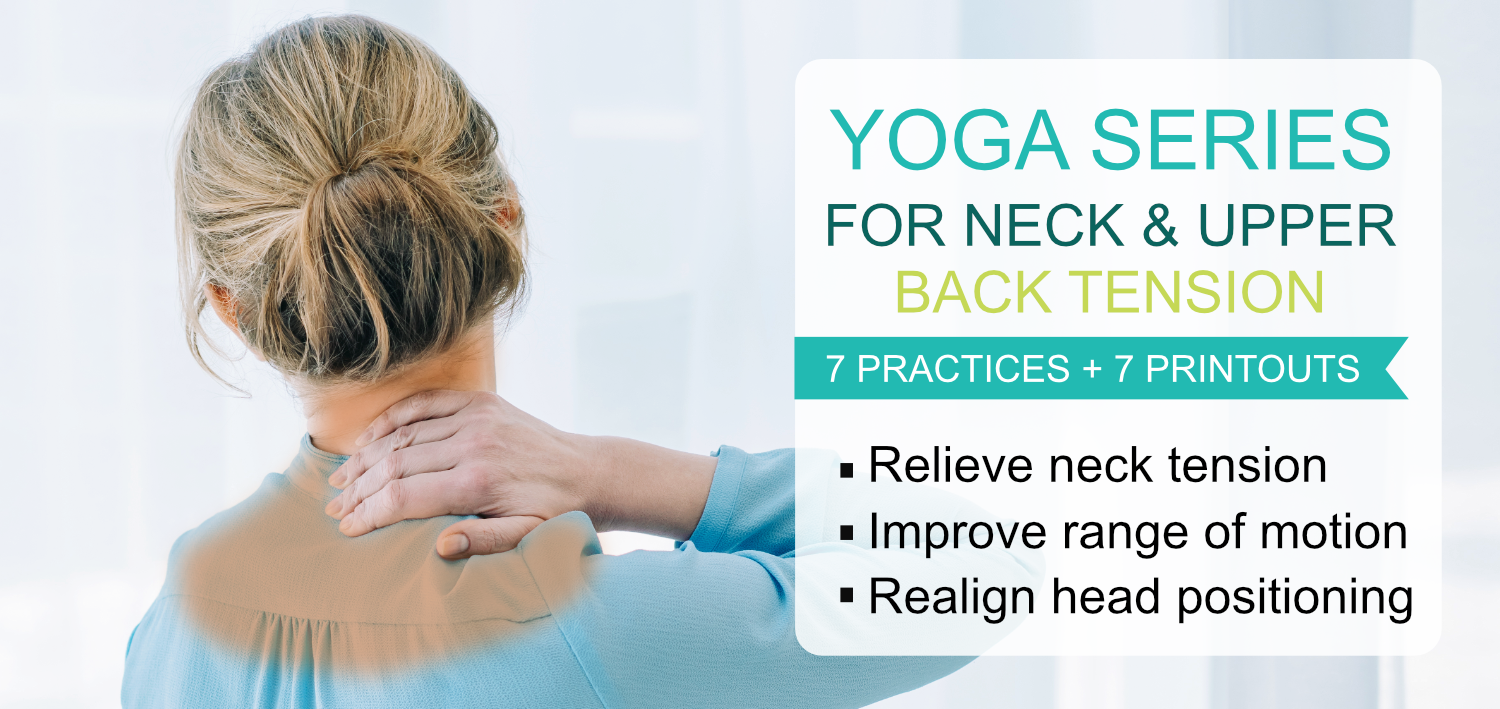
In this yoga series, you will:
- Strengthen the neck and upper back muscles that support your head in the upright position with backbends and partial weight-bearing postures,
- Release neck and upper back tension by mobilizing your neck, thoracic spine, and shoulder girdle,
- Increase mobility in your thoracic spine by taking it through the full range of motion,
- Promote better alignment between your spinal curves by elongating the spine while supporting the natural shape of your curves,
- Address tension headaches with specific head and eye movements,
- Calm your nervous system by resting in supported positions and deep breathing with an emphasis on lengthening exhalation, relaxing imagery, and vibrating sound.
This series consists of entirely new content. You will get six video practices with printouts of all practice sequences, plus a short bonus practice specifically for your eyes. Here is a quick overview of the series.
Realigning your neck positioning and building a properly supported posture is essential for counteracting the unfortunate tendencies of our modern lifestyles. They will also help you feel and project more confidence and self-assurance. You will walk with your head held high! Let’s get started!
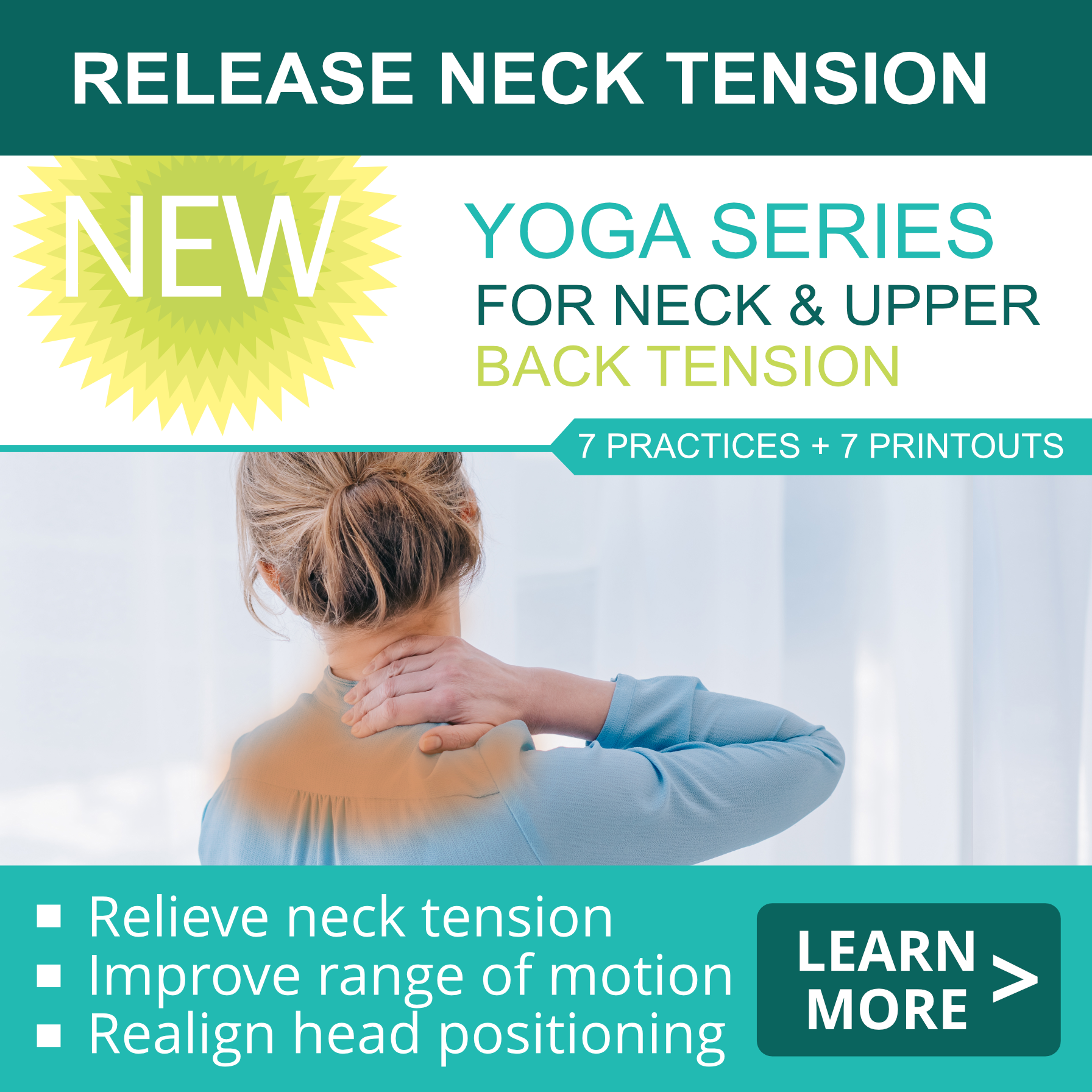
Relieve neck and upper back tension, increase mobility in your thoracic spine, build better posture and calm your nervous system.

